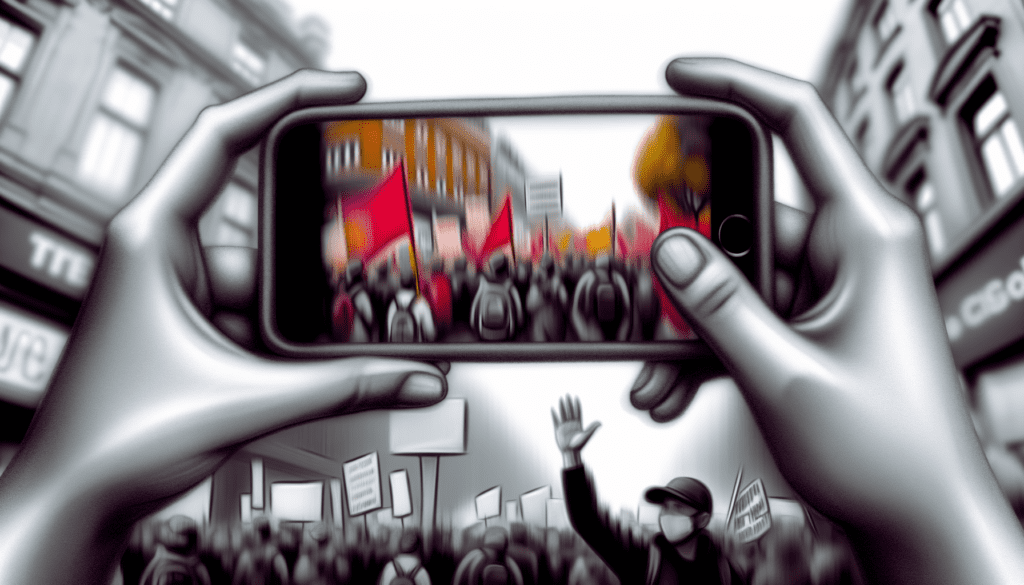A Violent Confrontation Ignites a Call for Accountability
In the heated summer of 2020, Miracle Boyd, a Chicago youth activist, found herself standing on the frontline, advocating passionately for police defunding and systemic reform after the brutal killing of George Floyd shocked the world. Amidst rallies demanding justice and dignity for marginalized communities, Boyd sought to document a protest near the Christopher Columbus statue in Grant Park—armed not with aggression, but with a simple cell phone camera, bearing witness to history in the making. Tragically, Boyd didn’t anticipate that she would personally embody the very injustices she was protesting that day. Chicago Police Officer Nicholas Jovanovich struck her without justification, causing harm so severe, it knocked out her tooth and inflicted lasting nerve damage.
Now, nearly five traumatic years after this shocking incident, Boyd’s search for justice is nearing a tentative conclusion. The city council’s Finance Committee has approved a significant settlement of $280,000, intended to recognize the severe injuries and ongoing pain Boyd has experienced. Crucially, the Civilian Office of Police Accountability (COPA) categorized Jovanovich’s actions as undue and excessive force, recommending his dismissal—a measure he evaded by resigning before enforcement could occur.
Healing Beyond Physical Wounds, Pursuing Broader Justice
While the settlement is undoubtedly significant to Boyd personally—covering her medical procedures, such as two extensive root canals and a veneer installation—it symbolizes something even more profound for survivors of state-inflicted violence: official acknowledgment of injustice. Boyd’s reflections underscore that the trauma she endured extends far beyond physical injury, deeply impacting her emotional well-being and sense of safety:
“I need justice, not just for me but for all the people who’ve been mistreated or silenced by officers who think they’re untouchable.”
These powerful sentiments speak clearly to what advocates have long expressed: accountability after police violence isn’t merely financial restitution—it encompasses broader societal recognition of systemic harm.
Chicago, like many American cities, has battled controversies surrounding police transparency. Notably, COPA identified discrepancies around body-camera footage on the day Boyd was attacked. Reports indicated that eight officer-worn cameras captured the events, yet remarkably, neither Officer Jovanovich nor another officer centrally involved was wearing one at that critical juncture. Critics detect in this troubling detail further evidence of systemic failings which urgently require vigilant oversight and reform.
Resistance Meets Prejudice: Social and Political Backlash
Despite undeniable physical evidence and insistence from COPA on wrongdoing, Boyd experienced some stark oppositional attitudes, particularly from factions skeptical about demonstrations advocating police defunding. During a finance committee session, tensions notably flared, with Alderman Nick Sposato criticizing Boyd openly and suggesting impropriety in her decision to utilize GoFundMe—a common platform used in support initiatives post-injury. Sposato dubbed Boyd as a ‘phony,’ alleging she capitalized unjustly on her victimhood. Such unfair critiques echo a broader, historically rooted trend wherein youth activists—especially youth of color—have taxes against their experiences and aims to delegitimize their critical voices in progressive movements.
Yet Boyd’s persistent advocacy and robust community support indicate clearly that opposition does not define activists’ legitimacy or their structural efficacy in promoting needed societal progress. Across the country, mobilization serves as a necessary response to entrenched inequities underscored by excessive policing; a sentiment strongly shared by youth-led movements, including Boyd’s association with GoodKidsMadCity—a group dedicated to anti-violence and urban justice initiatives.
As this profoundly disheartening chapter moves closer toward resolution, the larger need for meaningful reform remains vividly clear. Miracle Boyd’s courage highlights a profoundly troubling yet hopeful moment: injustice being confronted bravely by younger generations. Now, it stands crucial for public institutions to authentically honor their responsibility—not just in this solitary, justified settlement—but in committing earnestly to sustainable change; only then might wounds begin truly healing, restoring justice not just individually—but corporately, for communities scarred too long by division and neglect.

